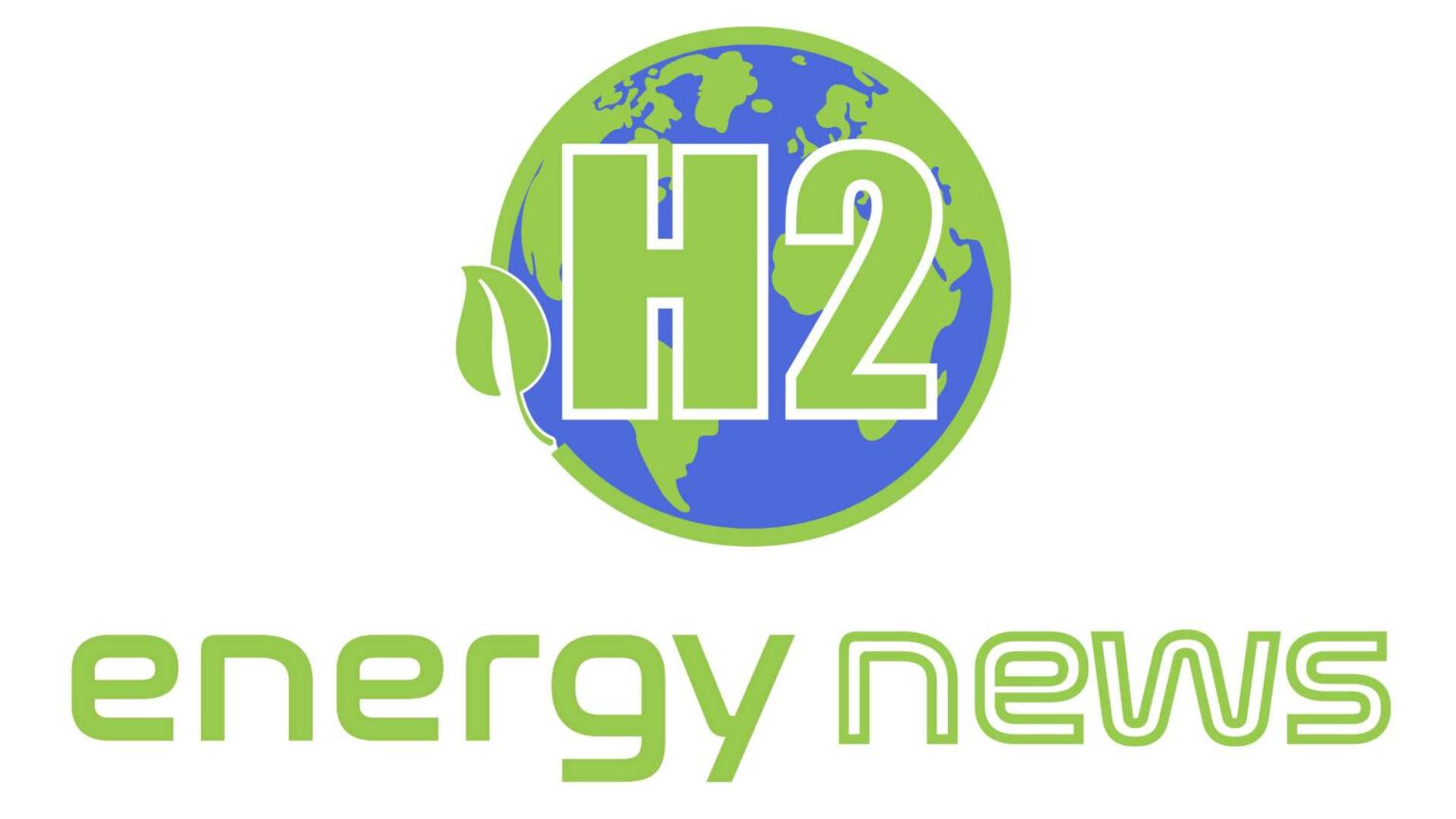The conflict in Ukraine has made energy supply security a primary issue, putting pressure on Europe to speed up the transition to cleaner fuels, such as hydrogen. This was one of the issues discussed during the European Gas and Hydrogen Conference, held in Vienna from March 21 to 23. More recently, the European Commission (EC) reaffirmed that, as we approach 2030 and beyond, it is even more committed to cutting and finally abolishing natural gas usage in the EU.
High natural gas prices have made hydrogen more affordable, highlighting its value as a clean fuel for not just decarbonizing Europe but also ensuring energy security. The industrial, aviation and heavy-duty transportation industries are predicted to have the highest demand for green hydrogen. To make an impact, however, a large scale-up is required. This will necessitate the formation of public-private partnerships as well as financial incentives. It may also be necessary to mandate the use of hydrogen as a minimum in particular businesses in order to get it started.
In July 2020, the European Commission presented the bloc’s Hydrogen Strategy. But, as described in a new initiative, REPowerEU, launched on March 8, events in Ukraine have boosted its importance and ambition. The EU has boosted its objective for hydrogen production from 5 million tonnes to 20 million tonnes by 2030, which will need roughly 1000TWh (Terawatt-hours) of renewable energy, about twice as much as is now produced in the EU. Imports of a staggering 10 million tonnes will be required. This is part of a plan to cut the EU’s gas usage by 30%, or around 100 billion cubic meters, by then.
With just approximately 1% of worldwide hydrogen production being green, land availability to build renewables and plentiful solar/wind renewable resources will be a hurdle for production at this scale. The Middle East – North Africa (MENA) and East Mediterranean (EM) areas have a role in this. Ursula von der Leyen, President of the European Commission, presented a strategy to achieve this by November 2021. It entails scaling up the technology, developing international collaboration, and cooperating with industry and researchers,’ as well as investing in the hydrogen sector in the Middle East and North Africa, so ‘building a new hydrogen market between the two Mediterranean beaches.’
By 2050, gaseous fuels will account for around 20% of Europe’s total energy consumption. However, within this framework, the goal is to cut unabated natural gas usage by 30% by 2030 and by more than 80% by 2050. Renewable and low-carbon gases will take their place, with hydrogen accounting for 40% of the total — and increasingly, green hydrogen.
Electrolysis, or the splitting of water into hydrogen and oxygen using power derived from renewable sources, produces green hydrogen. Despite the fact that this is an established technology, further research into safe hydrogen storage and transportation is required. To help speed this up, the EU announced a €2 billion cooperation with industry in November 2021 to encourage green hydrogen research and development. The EU’s ‘Fit-for-55’ package lays the groundwork for revolutionary change, with the EC now putting in place the necessary legal framework.
In a new ‘Energy Taxation Directive,’ the European Commission proposes favorable tax rates for the use of renewable and low-carbon hydrogen in order to boost its usage. In July 2021, the European Commission released its updated Renewable Energy Directive ‘RED-II’ plans. However, it currently intends to amend them to include an increase in the renewables objective from 32% to 38% to 40% by 2030. By 2030, renewable energy would account for 60-65 percent of total electrical generation. In addition, a more aggressive binding objective of 36 percent and 39 percent reductions in final and primary energy usage over the same time period has been set.
According to the European Commission, the adoption of such rules would result in a significant increase in demand for green power, to the point where it is improbable that it can be provided entirely from within the EU. Similarly, it is unclear if the EU will be able to obtain adequate hydrogen supply on its own to fulfill the projected demand.
These are anticipated to necessitate interconnection and imports from places with strong renewable energy potentials, such as MENA and the East Mediterranean. Green hydrogen production initiatives are already underway in Saudi Arabia and the United Arab Emirates, not just for sale but also for domestic use.
Egypt is the country in the East Mediterranean region with the greatest potential to meet Europe’s hydrogen demands. With the aid of the EBRD, the government is developing a low-carbon hydrogen plan that involves examining existing and future hydrogen production. The EBRD will also assist in the performance of a regulatory study and evaluation of the adjustments required to facilitate the growth of Egypt’s hydrogen supply and export chains.
This year, Egypt’s government is set to unveil a $40 billion hydrogen strategy, with a production capacity of 1,400 megawatts by 2030. It’s already on the way, with at least five active green hydrogen projects in the works.
Egypt sees the expansion of its renewable energy capacity – which it hopes to reach 42 percent by 2035 – as a chance to become a regional leader in hydrogen production, consumption, and export. The Benban solar park, which has a total capacity of 1.8 Giga Watts, is already one of the world’s largest photovoltaic parks (or 1,800 Mega Watts). This is higher than Cyprus’ power capacity.
Subsea pipelines are the most cost-effective route to deliver renewable hydrogen from the East Med to Europe. A pipeline like this might also help transport hydrogen generated in the Middle East. Cyprus may participate in these advances, but it must first design its own long-term energy plan – up to 2050 – that includes a green hydrogen strategy that is based on EC directives, laws, and standards and aligns with regional trends.





